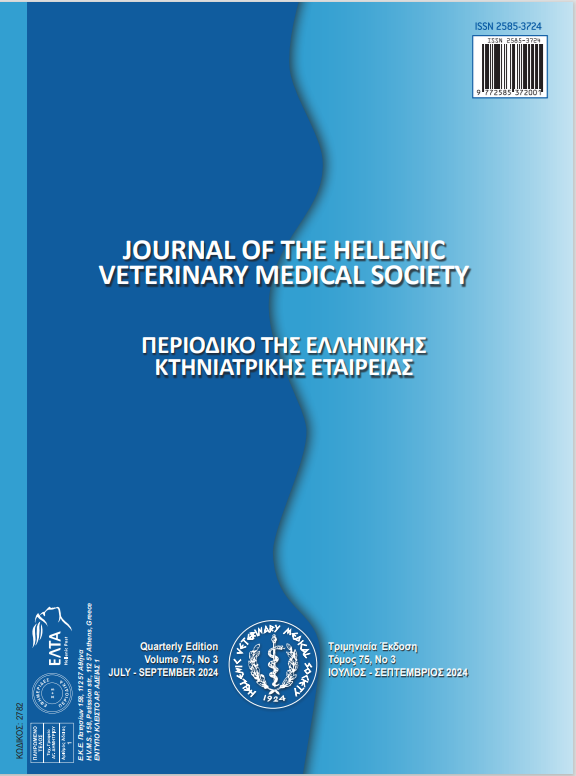Antioxidant and antiproliferative effects of different Raphanus Sativus L. extracts
Περίληψη
This study aimed to investigate the phenolic and flavonoid levels, antioxidant activities and antiproliferative effects of Japanese, Chinese, Black, and Kohlrabi radish species on HEK293 immortalized human embryonic kidney cells in cell culture medium. DPPH radical scavenging activity, total polyphenol, and flavonoid content of the extracts were measured spectrophotometrically. The highest total flavonoid content in sap of radish extraction and methanolic extraction was 0.12±0.02 mg/g RE and 0.10±0.00 mg/g RE in Chinese radish; the highest total polyphenol content was 0.32±0.03 mg/g GAE and 0.23±0.03 mg/g GAE in Black radish; the DPPH radical scavenging activity is approved 39.68±2.43 µg/g GAE in Japanese radish in sap of radish extraction and 84.59±3.50 µg/g GAE in Black radish in methanolic extraction respectively. DPPH radical scavenging activity was higher in the methanolic extraction of all radishes. The antiproliferative effects of different extracts in HEK293 cells were investigated by the MTT method. The IC50 concentration was found at lower doses in the methanolic extraction of whole radishes compared to the sap of radish extractions. The lowest dose of antiproliferative effect was observed in red radish (160 mg/ml) in methanolic extraction, and the antiproliferative effect increased dose-dependent. As a result, both antioxidant content and antiproliferative effect may vary depending on the type of radish, soil, and geographical conditions of the region where it is grown.
Λεπτομέρειες άρθρου
- Πώς να δημιουργήσετε Αναφορές
-
Tiraş, S., Kaya Kartal, Y., Ercan, N., & Sel, T. (2024). Antioxidant and antiproliferative effects of different Raphanus Sativus L. extracts. Περιοδικό της Ελληνικής Κτηνιατρικής Εταιρείας, 75(3), 7757–7764. https://doi.org/10.12681/jhvms.35433
- Τεύχος
- Τόμ. 75 Αρ. 3 (2024)
- Ενότητα
- Research Articles

Αυτή η εργασία είναι αδειοδοτημένη υπό το CC Αναφορά Δημιουργού – Μη Εμπορική Χρήση 4.0.
Οι συγγραφείς των άρθρων που δημοσιεύονται στο περιοδικό διατηρούν τα δικαιώματα πνευματικής ιδιοκτησίας επί των άρθρων τους, δίνοντας στο περιοδικό το δικαίωμα της πρώτης δημοσίευσης.
Άρθρα που δημοσιεύονται στο περιοδικό διατίθενται με άδεια Creative Commons 4.0 Non Commercial και σύμφωνα με την άδεια μπορούν να χρησιμοποιούνται ελεύθερα, με αναφορά στο/στη συγγραφέα και στην πρώτη δημοσίευση για μη κερδοσκοπικούς σκοπούς.
Οι συγγραφείς μπορούν να καταθέσουν το άρθρο σε ιδρυματικό ή άλλο αποθετήριο ή/και να το δημοσιεύσουν σε άλλη έκδοση, με υποχρεωτική την αναφορά πρώτης δημοσίευσης στο J Hellenic Vet Med Soc
Οι συγγραφείς ενθαρρύνονται να καταθέσουν σε αποθετήριο ή να δημοσιεύσουν την εργασία τους στο διαδίκτυο πριν ή κατά τη διαδικασία υποβολής και αξιολόγησής της.




